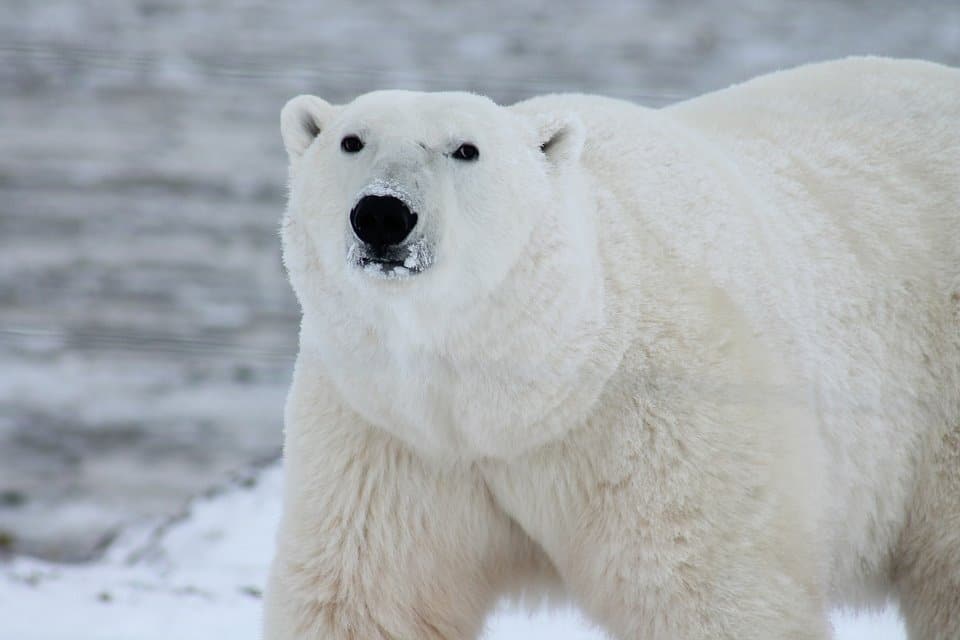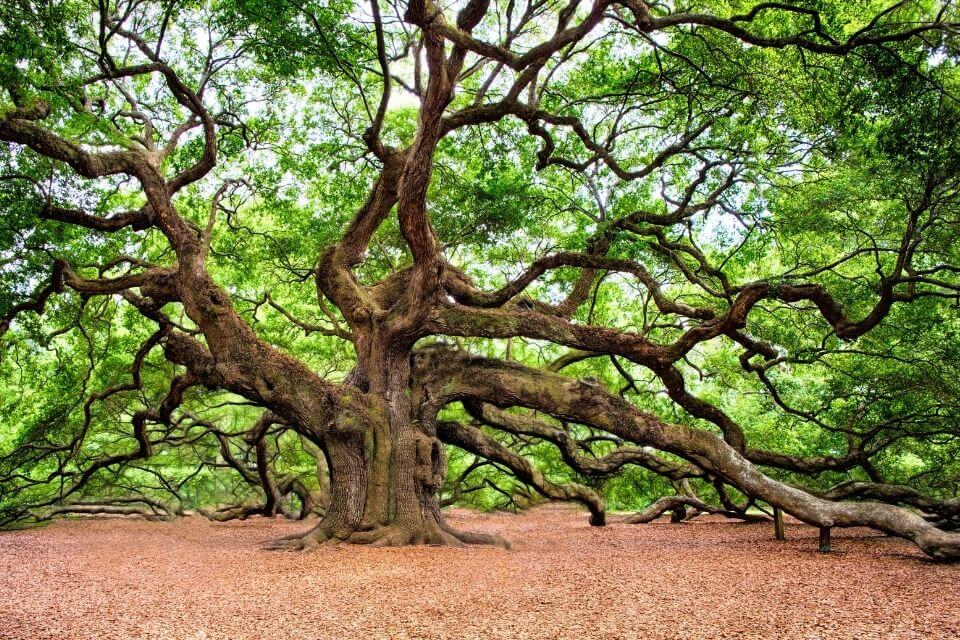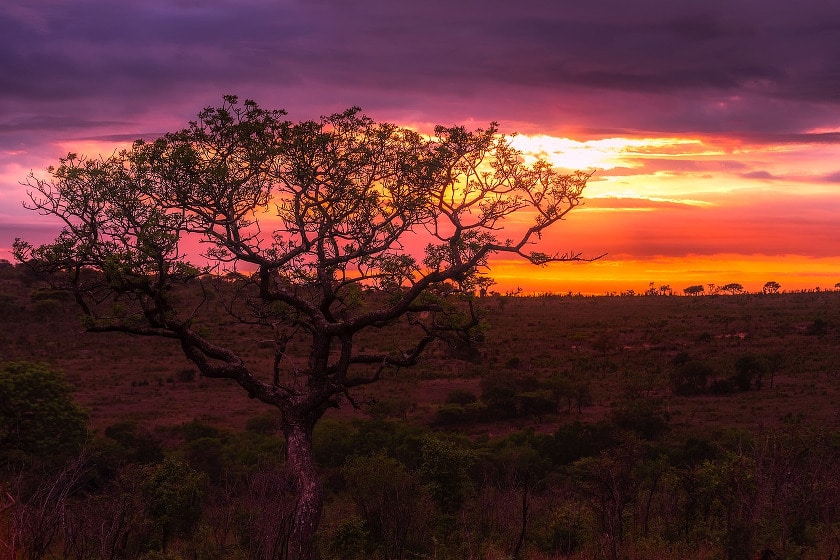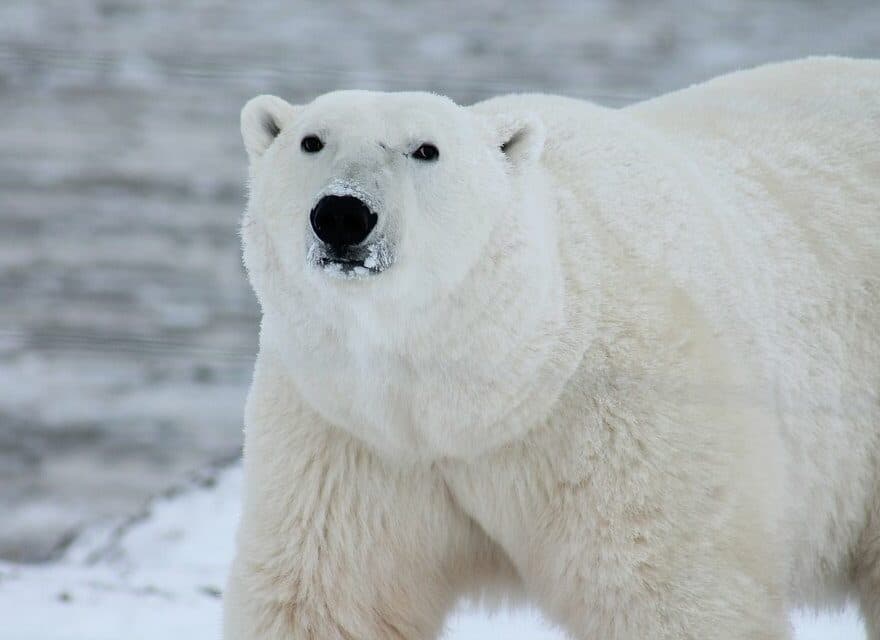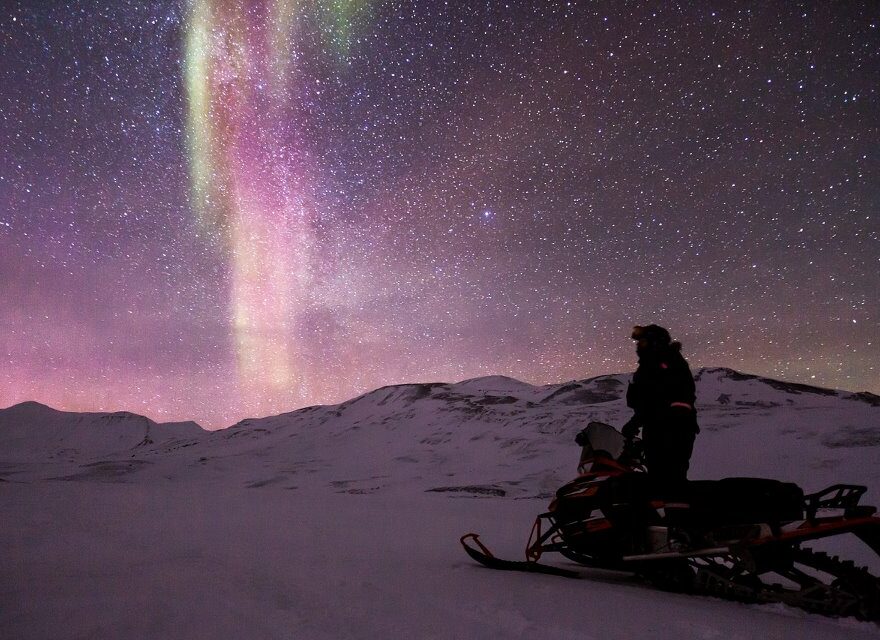Last updated on August 31, 2023 by Roger Kaufman
A polar bear fights its way through the thin ice
Polar bear documentary - The polar bear is the largest predator in the endless expanse of ice - but what happens when the ice becomes thinner?
This breathtaking portrait of polar bears was created over 12 months of filming in the Canadian Arctic.
It shows previously rarely seen habits of polar inhabitants amid a changing environment.
polar bears 3D is a fascinating adventure about life and survival in the white wilderness.
A beautiful Video
The Polar Bear – Documentary – Polar Bear Documentary
The ice Bear, also known as the polar bear, is a species of predator from the bear family.
It inhabits the northern polar regions and is closely related to the Brown bears related.
In addition to Kamchatka bears and Kodiak bears apply polar bears as the largest land-dwelling predators on earth.
Source: Wikipedia
Polar Bear Documentary – Polar bears are fascinating animals and here is some interesting information about them:
- Latin name: The scientific name for the polar bear is Ursus maritimus, which means something like sea bear.
- Habitat: Polar bears live mainly in the regions around the Arctic Ocean. They are highly adapted to life in cold environments and use sea ice to hunt and move.
- food: Polar bears are carnivores, with their main diet being seals, particularly the ringed seal. They are excellent swimmers and can swim distances of several kilometers Water back to look for prey.
- Physical adjustments: Their white color serves as camouflage in the snow and ice. Underneath their fur, polar bears have black skin that helps them retain heat better. Their fat layer insulates them from the cold arctic cold and also serves as a source of energy.
- Reproduction: The females build snow caves in which they give birth to their young, usually two to three pups. They stay with their mother for several months before becoming independent.
- threats: One of the biggest threats to the polar bear is climate change. Melting Arctic sea ice is reducing polar bear habitat and hunting opportunities. Melting ice also means they have to travel further distances to find food, leading to increased energy expenditure and higher mortality.
- Protection: There are numerous efforts to protect the polar bear, primarily by protecting their habitat. International agreements and regional protection measures are intended to help keep populations stable.
Polar bear documentary: Majestic giants of the Arctic and key players in the ecosystem
- height and weight: An adult male polar bear can weigh between 400 and 700 kg, with some particularly large males reaching up to 800 kg or more. Female polar bears are generally smaller, weighing between 150 and 300 kg. In terms of body length, adult males can measure between 2,4 and 3 m.
- social behaviour: Polar bears are generally solitary animals, although they can sometimes be spotted in small groups, especially in areas with high seal densities.
- longevity: The average life expectancy of a polar bear in the wild is around 20 to 25 years, although under optimal conditions they can live up to 30 years or can be.
- Sensory perception: Polar bears have an excellent sense of smell. They are believed to be able to smell seals from up to 32 miles (XNUMX km) away.
- Swimming skills: During polar bears excellent If swimmers are able to swim distances of more than 60 km without a break, they often do so out of necessity rather than choice. Longer swimming distances can be particularly beneficial for young people Bears be dangerous.
- Adaptation to the cold: Aside from their blubber and thick fur, polar bears also have a special nasal structure that warms inhaled air before it reaches the lungs. Their large feet help them spread on the snow and ice and also serve as paddles when swimming.
- Status: The polar bear is classified as “vulnerable” by the International Union for Conservation of Nature (IUCN). The main reasons are climate change and the loss of sea ice.
- People and polar bears: In regions where humans and polar bears coexist, there are often safety concerns because polar bears can be potentially dangerous. Measures to avoid or minimize conflicts are therefore essential in such areas.
Polar bears are not only formidable predators, but also key species in their ecosystem.
Their well-being has far-reaching implications for other species and the health of the entire Arctic habitat.
It is therefore essential to take measures to protect their habitat and their future to secure existence.
Should I know anything else about the polar bear – polar bear documentary
Absolutely, polar bears are fascinating creatures, and there is still a lot to learn and understand about these animals.
Here are some additional points that may be of interest:
- cultural significance: For many indigenous peoples in the Arctic, such as the Inuit, polar bears have cultural and spiritual significance. They are often depicted in their art, stories and rituals.
- Energy intake: During a single successful hunt, a polar bear can absorb enough energy in the form of seal fat to survive for several days.
- sexual maturity: Female polar bears reach sexual maturity at around 4 to 5 years of age, while males reach sexual maturity between 5 and 6 years of age.
- Metabolism: Polar bears can enter an energy-conserving state, similar to hibernation, even if they don't actually go into hibernation. This allows them to survive long periods without food.
- Vitamin A storage: Polar bears store large amounts of vitamin A in their liver. This is one reason why people who carelessly consume large amounts of polar bear liver could risk vitamin A poisoning.
- Interaction with other bears: There have been reports of hybridization between polar bears and grizzly bears in the wild, resulting in the so-called “pizzly” or “grolar” bear.
- Night view: Their eyes are adapted to the dark winters of the Arctic, giving them enhanced night vision.
- Swimming speed: A polar bear can swim at a speed of up to 10 km/h.
- Climatic effects: The decline in the polar bear population can impact the entire ecosystem as they are at the top of the food chain and play a role in maintaining the balance of the species below them.
- Human encounters: While polar bears can be dangerous and there are incidents of attacks on humans, such encounters are relatively rare and can often be minimized through preventative measures.
It's remarkable how much there is to know about a single animal, and studying polar bears offers valuable insights into the wonders of adaptation, evolution and ecology.
Polar bear welfare is also an indicator of the health of the entire Arctic ecosystem and a barometer of the global impacts of climate change.
